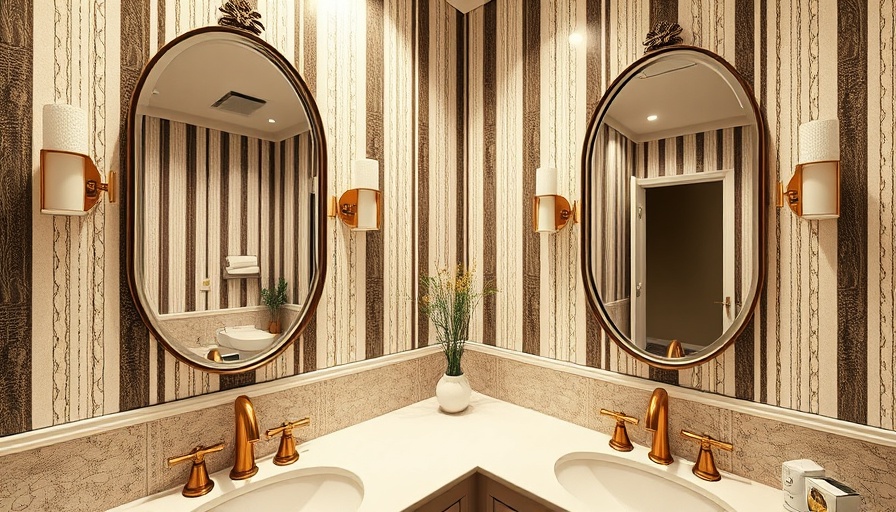
Five Easy Techniques for Wall Texturing at Home
Transforming your home’s atmosphere can be as simple as adding a bit of flair to plain walls. For those looking to refresh their interiors, wall texturing is an effective and creative approach. This article explains five simple techniques to texture your walls, making sure your home shines beautifully just in time for the holiday season.
The Classic Comb Technique
One of the most user-friendly techniques is the comb texture. By using a notched trowel, you can create a series of arcs or lines on the wall, giving it a unique pattern. This technique allows for significant customization and can be as subtle or as bold as you like, depending on the tool’s notches and application method.
The Excitement of Knockdown Texture
For something a bit more vibrant, the knockdown method is ideal. This involves applying joint compound to the walls, then using a trowel to smooth the peaks and create a texturized, stucco-like appearance. The resulting light and shadow play can add warmth and depth to your space, enhancing its aesthetic appeal.
Unique Benefits of Knowing Wall Texturing Techniques
Understanding these wall texturing techniques can greatly influence the ambiance of your home. Whether you're preparing for a seasonal gathering or simply updating your space, texturing offers a versatile solution. It not only complements your decor but also hides imperfections, providing a clean and finished look. By mastering these techniques, you’re empowering yourself to make style changes that reflect your personal taste and creativity, ultimately resulting in enhanced living spaces.
Historical Context: The Evolution of Wall Texturing
Wall texturing isn’t a new concept. In fact, it has been around for decades, tracing back to techniques like plastering and stucco from centuries past. However, as building materials evolved, so did techniques, leading to modern, time-efficient methods. Today’s homeowners enjoy a variety of textures that range from the rustic to the refined, adapting historical practices to contemporary tastes.
 Add Row
Add Row  Add
Add 




Write A Comment